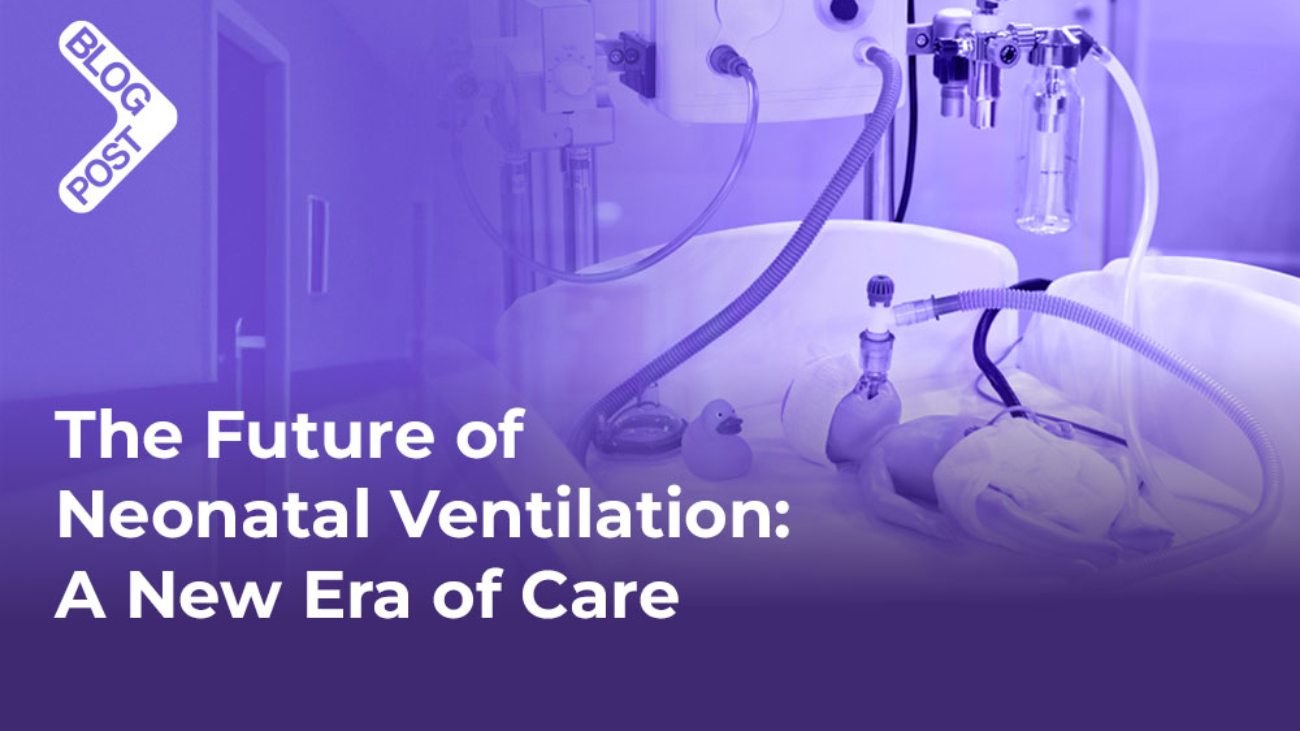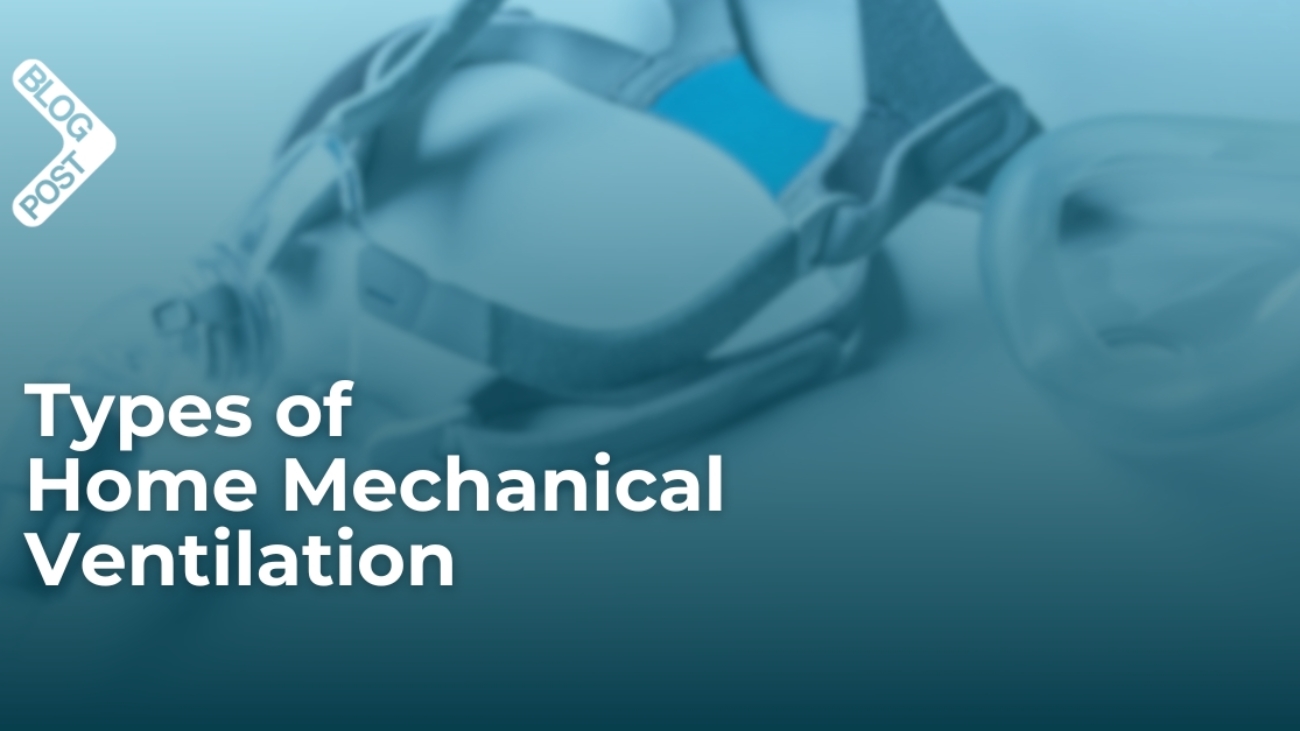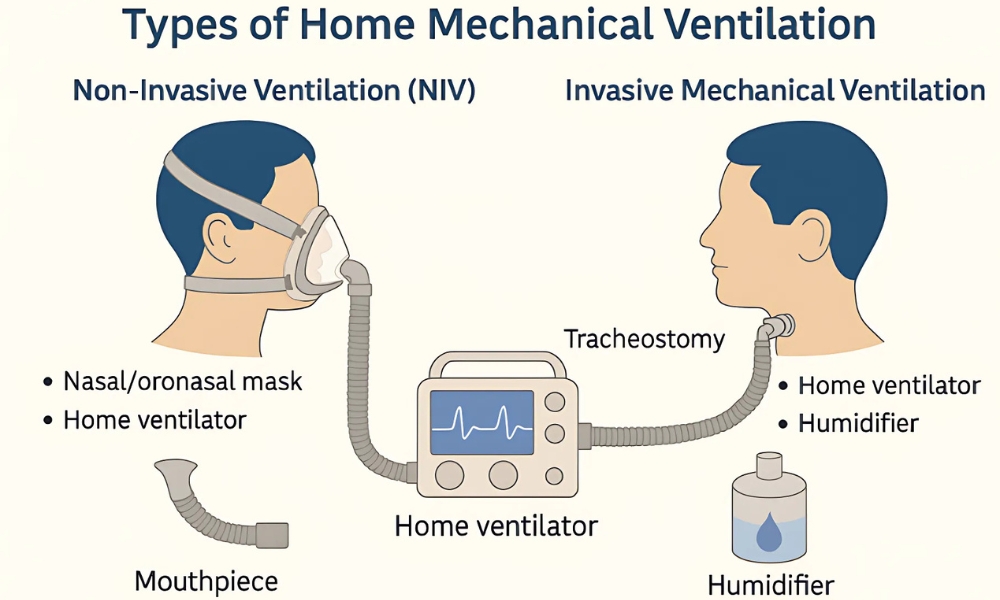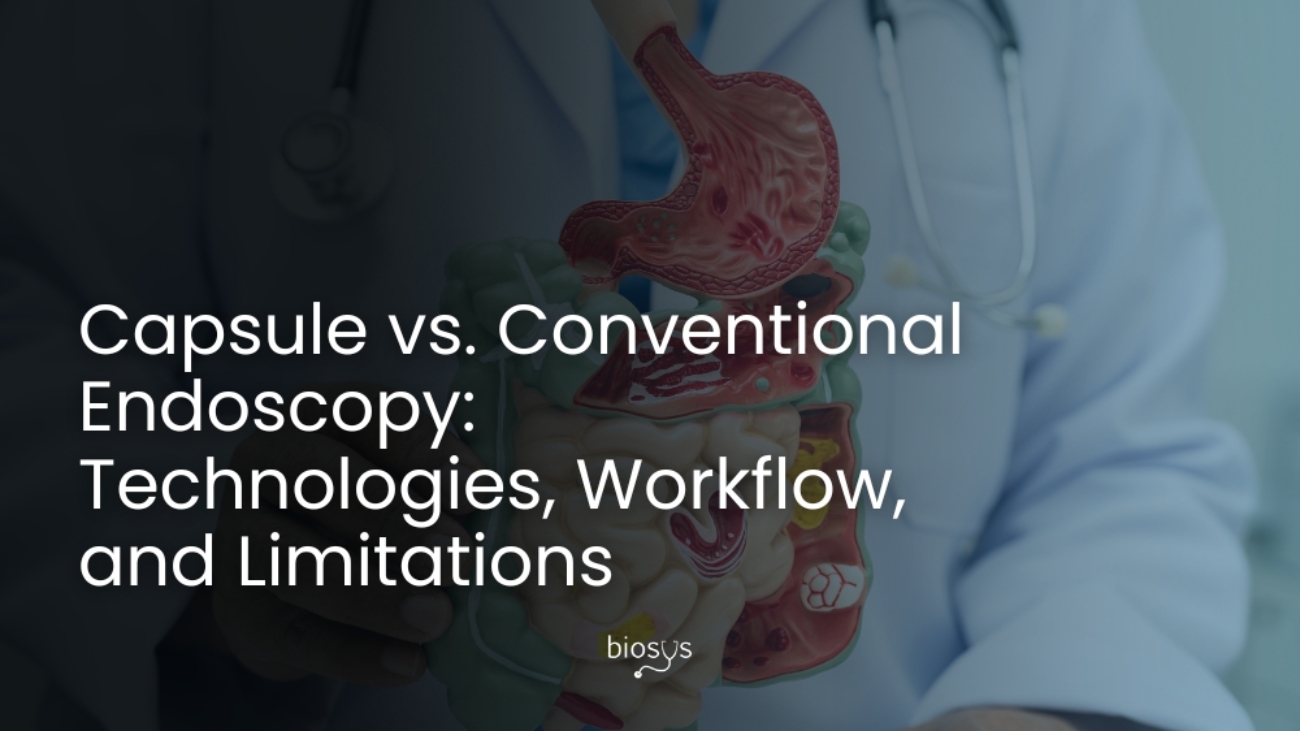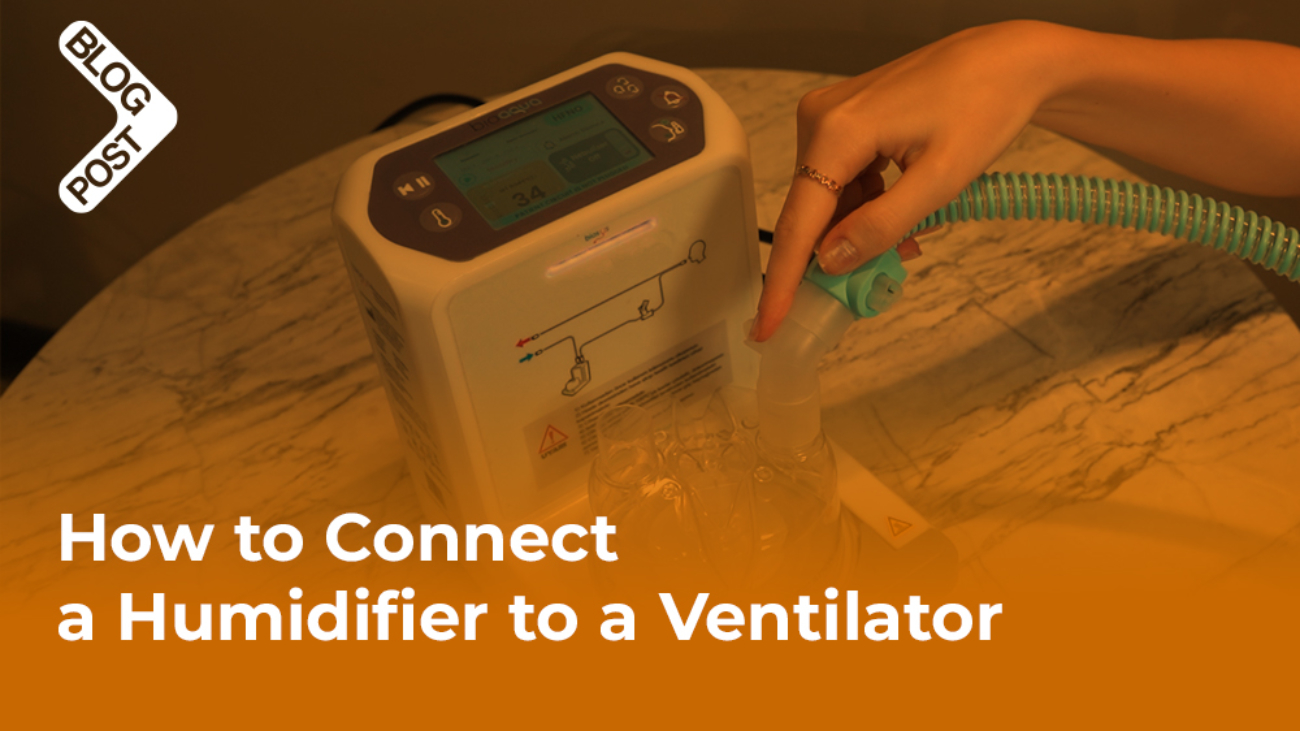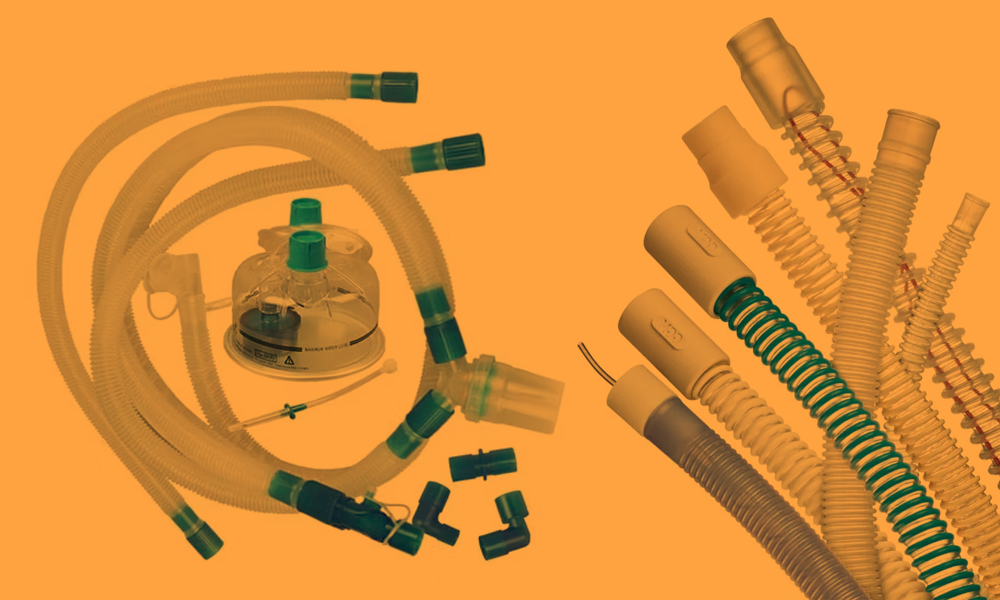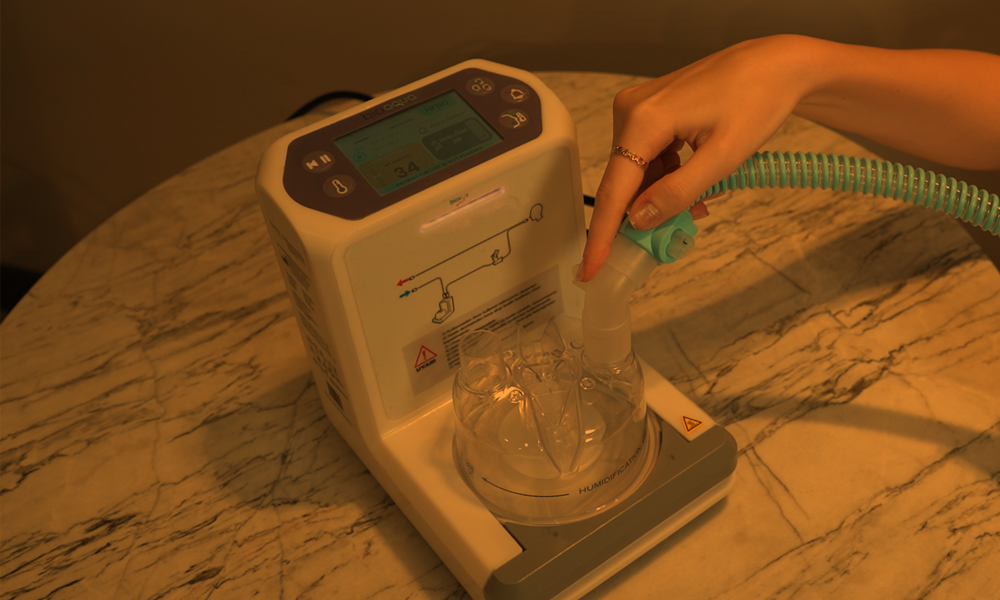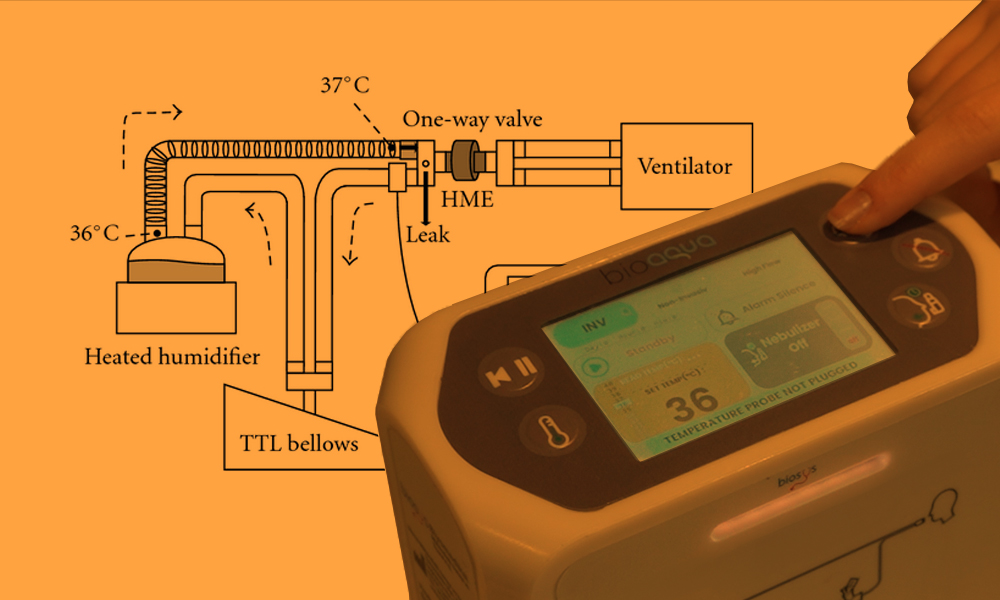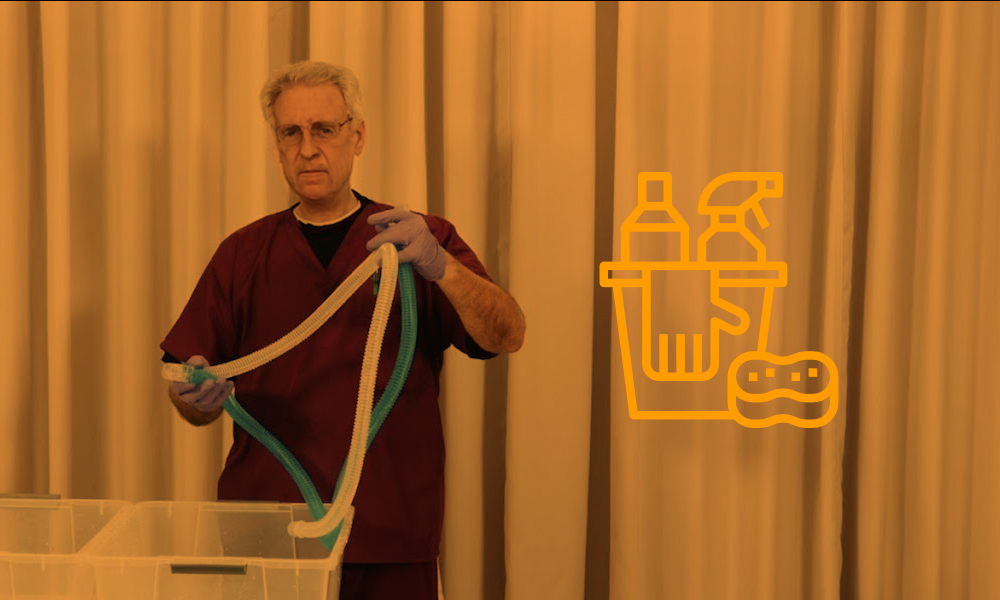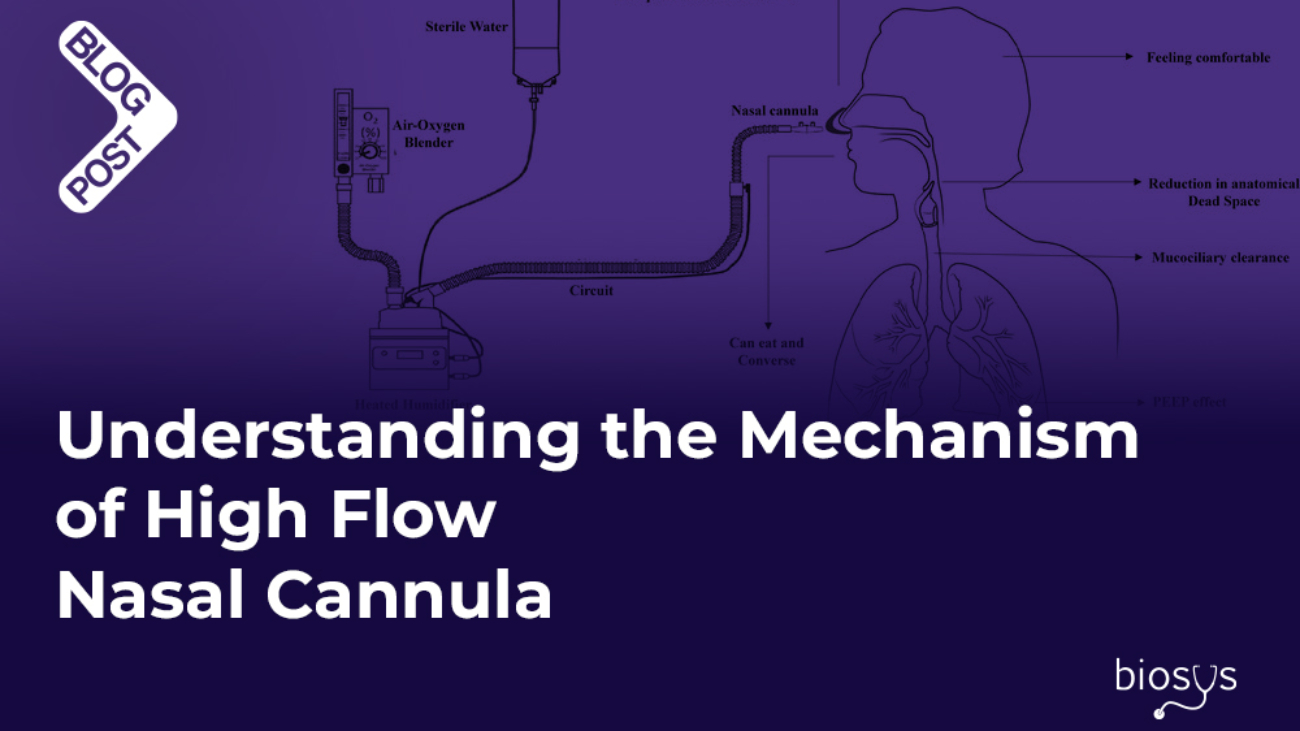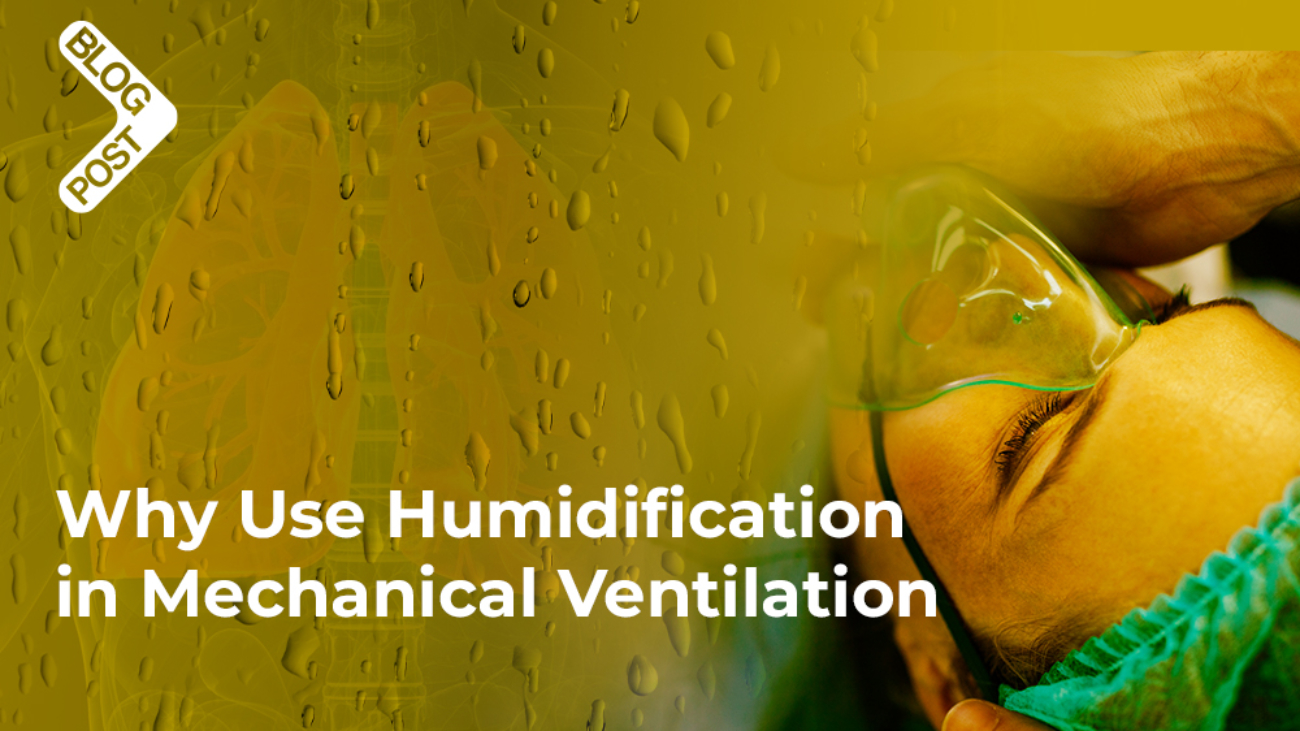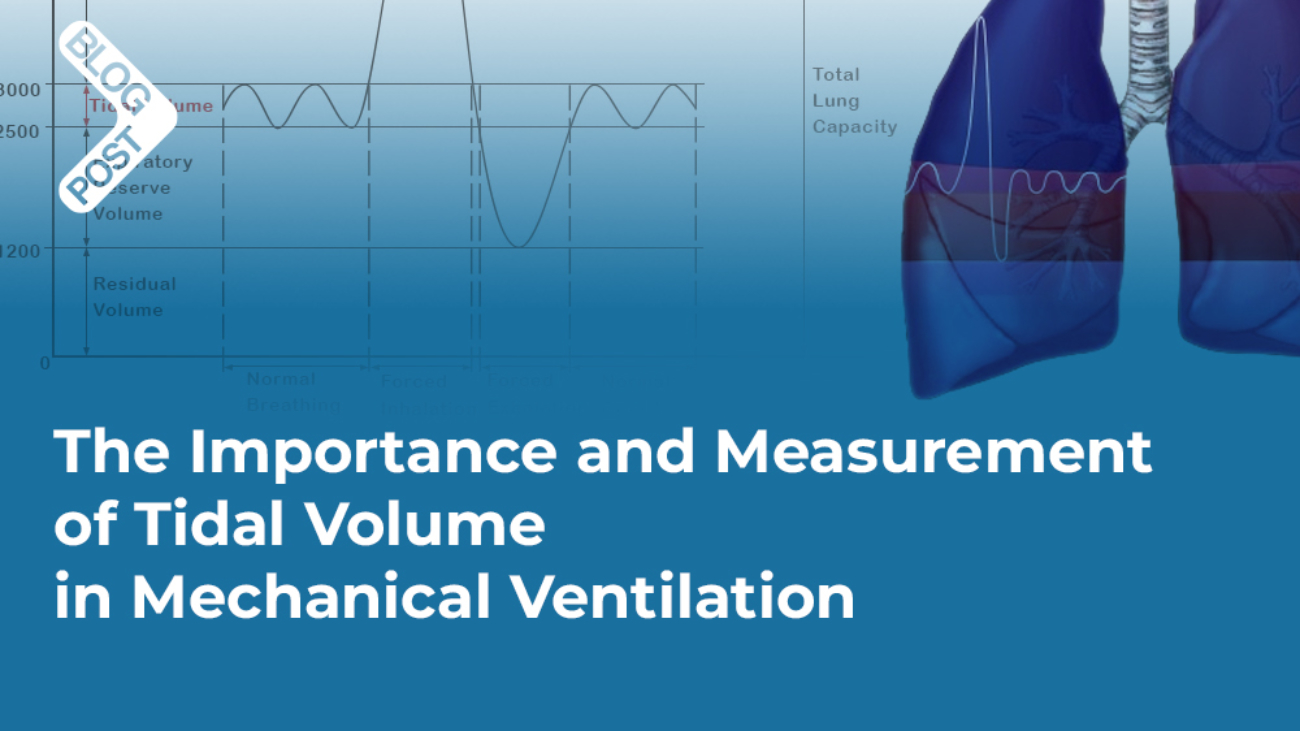Neonatal ventilation plays a critical role in the survival and long-term outcomes of preterm and critically ill newborns. Advances in respiratory support over the past decades have significantly improved survival rates; however, they have also highlighted the importance of lung-protective strategies, individualized care, and careful balancing of risks and benefits. As neonatal intensive care units (NICUs) continue to evolve, emerging technologies are reshaping how respiratory support is delivered, monitored, and optimized.
Emerging Technologies in Neonatal Ventilation
The evolution of neonatal respiratory care is increasingly shaped by multidisciplinary convergence—bioengineering, artificial intelligence, neuromonitoring, and bedside imaging—aimed at delivering individualized, lung-protective, and developmentally sensitive respiratory support. These technologies address limitations of traditional ventilatory approaches, such as asynchrony, imprecise titration, and a lack of spatial monitoring. This section reviews the latest advancements poised to redefine neonatal ventilatory management in the coming decade.
Neurally Adjusted Ventilatory Assist (NAVA)
NAVA represents a paradigm shift from pressure- or volume-based ventilatory modes toward neuro-ventilatory coupling, which provides support proportional to the infant’s own respiratory drive.
Mechanism:
- A specially designed Edi catheter measures the electrical activity of the diaphragm (Edi), a direct correlate of brainstem respiratory output.
- The ventilator responds in real time to each neural impulse, providing synchronized pressure support tailored to individual effort and avoiding over- or under-assistance.
Clinical Significance:
- Enhances patient–ventilator synchrony, especially in premature infants with erratic or immature respiratory patterns.
- Reduces sedation needs and the incidence of ventilator-induced lung injury (VILI).
- Associated with fewer desaturation episodes, improved gas exchange, and better sleep-state architecture in neonates.
Limitations and Frontiers:
- Requires precise catheter positioning and interpretation of Edi signals, making it less applicable in unstable or very low birth weight infants (<1000 g).
- Ongoing trials are evaluating non-invasive NAVA (NIV-NAVA) as a step-down mode post-extubation, with early results showing promise (1, 2).
Electrical Impedance Tomography (EIT)
EIT provides continuous, radiation-free bedside imaging of lung ventilation patterns, a revolutionary advancement over intermittent radiographs or surrogate oxygenation metrics.
Technical Insight:
- Low-amplitude electrical currents are passed through thoracic electrodes to produce spatial ventilation maps with high temporal resolution.
- Real-time visualizations allow for regional analysis of ventilation heterogeneity, enabling dynamic lung volume optimization.
Applications in Neonatology:
- Optimizing PEEP and tidal volume to avoid atelectasis or overdistension during high-frequency oscillatory ventilation (HFOV) or volume-targeted ventilation (VTV).
- Guiding recruitment maneuvers, surfactant administration, and position-dependent ventilation strategies.
- Early detection of ventilation-perfusion mismatch, pneumothorax, or diaphragmatic dysfunction.
Limitations:
- Image resolution is limited to gross regional trends (non-anatomical).
- Requires skilled interpretation and consistent probe placement.
- Not yet validated in unstable neonates or during transport (3).
AI in Neonatal Ventilation and Machine Learning (ML)
AI and ML are poised to automate and personalize decision-making in NICU respiratory care through data-driven algorithms, pattern recognition, and predictive analytics.
Clinical Applications:
- Extubation prediction models integrating endotracheal tube (ETT) leak, FiO₂, respiratory variability, and ventilator trends.
- Real-time risk calculators for ventilator-associated pneumonia (VAP), bronchopulmonary dysplasia (BPD), and apnea burden, guiding preemptive interventions.
- Adaptive learning models that dynamically adjust ventilator settings based on blood gas and waveform data (4).
Considerations:
- The “black-box” opacity of many deep learning models raises concerns about clinical interpretability.
- Requires continuous data quality assurance and institutional-level integration of electronic health record (EHR), monitor, and ventilator systems.
- Ethical dilemmas include algorithmic bias, data ownership, and consent in neonatal populations (5).
Telemedicine and Remote Respiratory Monitoring
Telemedicine platforms are transforming NICU care by bridging geographic and staffing gaps, especially in low-resource or rural settings.
Features:
- Remote access to ventilator waveforms, EIT feeds, and video laryngoscopy.
- Centralized consultation systems for neonatal retrieval services.
- AI-augmented mobile dashboards with early warning systems for apnea, oxygen desaturations, or ventilator failure (6).
Evidence Base:
- Studies report reduced transport needs, faster escalation in respiratory care, and fewer delayed interventions.
- Cross-institutional databases enable large-scale AI model training for respiratory prediction models in diverse populations.
Future Directions
Several next-generation approaches are currently in preclinical or early translational phases:
- Digital Twins of Neonates: These involve creating virtual models to simulate ventilatory responses and drug effects.
- AI-EIT Integration: This aims for automated lung recruitment guidance.
- Closed-Loop Adaptive Ventilation: Algorithms in this system dynamically modify FiO₂, PEEP, or flow based on continuous biosignal input.
- Expansion of Wearable Sensors: This focuses on wireless diaphragmatic electromyography (EMG) and thoracic compliance monitoring.
Interdisciplinary collaboration among neonatologists, engineers, and data scientists will be essential to validate and implement these technologies at scale while maintaining patient safety and ethical rigor.
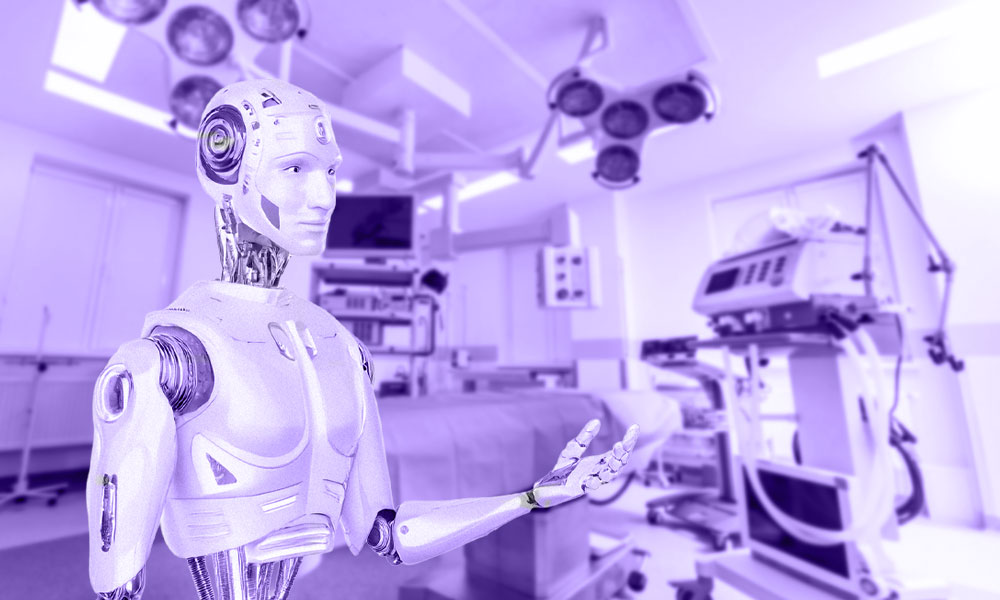
Outcomes and Complications
The expanding toolkit of neonatal respiratory support—while life-saving—inevitably carries both short- and long-term risks. Adverse outcomes may stem not only from the underlying pathology of prematurity but also from iatrogenic exposures such as mechanical ventilation, supplemental oxygen, and inflammation. The three principal domains of complications include pulmonary disease (primarily bronchopulmonary dysplasia), ophthalmologic injury (notably retinopathy of prematurity), and neurodevelopmental impairments.
Bronchopulmonary Dysplasia and Long-Term Pulmonary Sequelae
Bronchopulmonary dysplasia (BPD) is the most common chronic lung disease of infancy and remains a sentinel marker of neonatal morbidity, particularly among infants born at <28 weeks of gestation. BPD is defined by oxygen dependency beyond 28 days and categorized by severity at 36 weeks’ postmenstrual age (7). Despite evolving definitions and management strategies, its prevalence has remained steady, reflecting the paradoxical survival of increasingly immature neonates.
Infants with BPD frequently require prolonged hospitalization, supplemental oxygen at discharge, and are at increased risk of pulmonary hypertension, reactive airway disease, and recurrent hospital readmissions (8, 9). Emerging evidence supports the role of prenatal inflammation, ventilator-induced injury, and genetic susceptibility in BPD pathogenesis (10, 11). Long-term follow-up demonstrates that even into adolescence and adulthood, survivors of moderate to severe BPD may exhibit reduced FEV₁, exercise intolerance, and impaired quality of life (12).
Retinopathy of Prematurity (ROP) and Oxygen-Related Risks
The retina of the premature infant is highly sensitive to oxygen fluctuations. Retinopathy of prematurity is triggered by hyperoxic injury followed by hypoxia-induced vasoproliferation, which may lead to retinal detachment and blindness. Excessive or fluctuating FiO₂ levels, combined with inadequate oxygen monitoring, are significant risk factors for severe ROP (13). Large multicenter trials like SUPPORT and NeOProM have demonstrated that tight oxygen targeting can reduce severe ROP, albeit sometimes at the expense of higher mortality (14).
Current best practices emphasize the use of automated oxygen titration systems, early surfactant therapy to reduce FiO₂ needs, and rigorous saturation monitoring. Nevertheless, severe ROP remains more prevalent in extremely preterm infants, particularly those with concurrent BPD or prolonged ventilation (15).
Neurodevelopmental Impairments
Neonatal respiratory support—particularly prolonged mechanical ventilation—is linked with adverse neurodevelopmental outcomes. Mechanisms include hypocarbia, chronic hypoxia, systemic inflammation, and fluctuating cerebral perfusion. Infants with BPD are disproportionately affected, with higher rates of cerebral palsy, language delay, and cognitive impairment noted by 18–24 months corrected age (16, 17).
Notably, the duration of ventilation, exposure to sedatives, and recurrent hypoxic episodes are cumulative contributors to neurodevelopmental injury. While home oxygen therapy at discharge has not consistently been associated with worse neurodevelopmental outcomes (18), persistent hypoxia and poor growth trajectories remain predictive of poorer cognitive outcomes (19, 20).
Predictive Tools and Risk Stratification
Risk stratification tools, including the NICHD BPD Outcome Estimator and machine learning models incorporating gestational age, sex, ventilator settings, and blood gases, are increasingly being utilized to predict long-term outcomes (21). These tools enable proactive intervention—such as early extubation, judicious steroid use, and tailored developmental follow-up—to mitigate risk and guide individualized care.
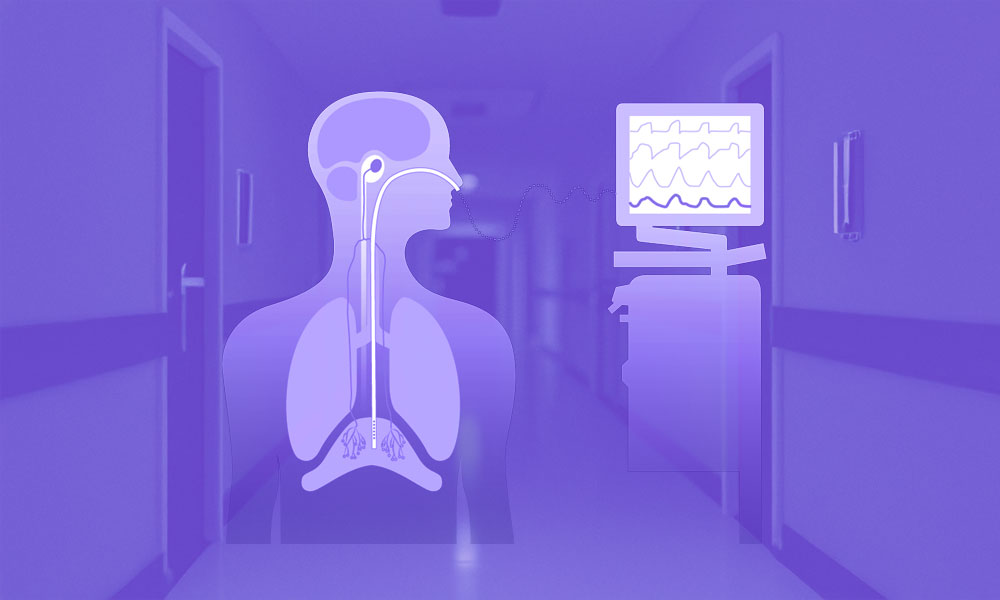
Challenges in Low-Resource Settings
Neonatal respiratory failure is a major contributor to global neonatal mortality, disproportionately affecting low- and middle-income countries (LMICs). Although neonatal intensive care and ventilatory technologies have revolutionized outcomes in high-income settings, the same benefits are not universally available. In LMICs, limited infrastructure, trained personnel, and supplies often constrain the availability and efficacy of respiratory support. Addressing these disparities is not merely a technical challenge but an ethical imperative in global health equity.
Infrastructure and Human Resource Constraints
In many LMICs, NICUs lack essential equipment such as functional ventilators, oxygen blenders, heated humidifiers, and reliable power supplies. Oxygen delivery systems frequently depend on cylinders, which are expensive and logistically difficult to maintain, especially in rural regions. Moreover, the scarcity of trained neonatal healthcare workers and respiratory therapists contributes to inconsistent monitoring, delayed escalation, and poor adherence to ventilator protocols (22).
Without access to arterial blood gas analysis or continuous cardiorespiratory monitoring, clinical decisions are often based on observational metrics, increasing the risk of under- or over-support. These challenges lead to a reliance on more rudimentary forms of respiratory assistance, which, though cost-effective, may lack the nuanced titration required for optimal outcomes.
Bubble CPAP: A Practical Innovation
Bubble continuous positive airway pressure (bCPAP) has emerged as a cornerstone of neonatal respiratory care in resource-limited settings. Unlike conventional CPAP systems that require expensive flow drivers and blenders, bCPAP systems use underwater resistance to create positive end-expiratory pressure. Several studies have demonstrated the effectiveness of improvised bCPAP in reducing mortality from respiratory distress syndrome (RDS) and minimizing the need for invasive ventilation (23, 24).
Improvements in bCPAP design—such as integrating low-cost oxygen blenders and using nasal prongs constructed from intravenous tubing—have made the approach more feasible and scalable. However, success depends heavily on appropriate assembly, training, and maintenance. A lack of standardized components and consistent pressure delivery still poses risks, particularly in extremely preterm infants requiring precise ventilatory control (25).
Training and Task-Shifting
One promising strategy in these settings involves task-shifting and peer-led training. By empowering nurses and mid-level practitioners to assemble and manage bCPAP, and to monitor for complications, some centers have achieved significant reductions in mortality and bCPAP failure rates. Simulation-based education, along with pictorial guidelines and mobile applications, has enhanced clinical confidence and protocol adherence (26, 27).
Furthermore, integrating local biomedical engineers into neonatal care programs has improved device maintenance and innovation, including the development of solar-powered humidifiers and manual pressure monitoring tools.
Ethical and Policy Considerations
The global disparity in neonatal respiratory care raises important ethical questions about justice and prioritization. Many LMICs still lack national policies that mandate neonatal resuscitation capacity, let alone ventilatory support. Global aid initiatives such as Helping Babies Breathe and Every Breath Counts have improved awareness and provided equipment, but issues of sustainability, spare parts, and training persist (28).
Moreover, the choice to initiate respiratory support in a critically ill neonate—particularly in settings without access to surfactant, ventilation, or follow-up—introduces ethical tensions between clinical benefit, resource stewardship, and quality of life.
Future Directions
The field of neonatal respiratory support is undergoing a dynamic transformation driven by technological innovation, personalized medicine, and emerging ethical considerations. While foundational techniques such as continuous positive airway pressure (CPAP) and mechanical ventilation remain essential, future approaches aim to tailor support to the individual neonate’s evolving physiology, guided by real-time analytics and predictive tools.
Precision Ventilation and Lung-Protective Strategies
The concept of precision ventilation refers to the fine-tuning of ventilatory parameters based on each infant’s unique pulmonary mechanics and maturational stage. Advancements in volume-targeted ventilation, neurally adjusted ventilatory assist (NAVA), and closed-loop control systems are enabling more individualized, lung-protective strategies that minimize barotrauma, volutrauma, and oxygen toxicity (29).
Furthermore, technologies such as electrical impedance tomography (EIT) and quantitative lung ultrasound allow for bedside monitoring of lung aeration, recruitment, and overdistension, facilitating real-time titration of positive end-expiratory pressure (PEEP) and tidal volume (30).
Integration of Artificial Intelligence and Predictive Analytics
Artificial intelligence (AI)-powered clinical decision support is rapidly being integrated into neonatal intensive care units (NICUs). Machine learning models have demonstrated efficacy in predicting extubation success, apnea episodes, and the risk of bronchopulmonary dysplasia (BPD) by analyzing streaming physiologic data such as heart rate variability, oxygen saturation trends, and ventilator settings (31, 32).
Internet-of-Things (IoT) platforms are now connecting ventilators, monitors, and laboratory systems, enabling real-time data aggregation for early warning scores and automated alarm thresholds (33). However, integration into practice must be cautious and transparent, particularly in settings where algorithmic decisions influence life-sustaining therapies.
Biomarker-Based Monitoring and Stratification
Another frontier is the use of biomarkers to detect early signs of respiratory deterioration or complications. For instance, serum interleukin-6, surfactant protein-D (SP-D), and Krebs von den Lungen-6 (KL-6) have been explored for their roles in predicting BPD or ventilator-associated lung injury (34). Non-invasive sampling of exhaled breath condensate and urine metabolomics is also gaining interest.
Biomarkers may allow for early, preclinical identification of infants likely to fail non-invasive ventilation or those at risk for complications, supporting risk-adjusted interventions such as earlier surfactant administration or steroid therapy (35).
Innovations in Surfactant Therapy
Modern delivery techniques such as Less Invasive Surfactant Administration (LISA) and aerosolized surfactant have reshaped surfactant therapy for preterm infants. These methods reduce the need for intubation and sedation while improving oxygenation and reducing the risk of BPD (29).
Research is ongoing into synthetic surfactants enhanced with surfactant protein-B (SP-B) and surfactant protein-C (SP-C) analogues, and into surfactant lavage for conditions such as meconium aspiration syndrome or neonatal acute respiratory distress syndrome (ARDS). Combining surfactant with anti-inflammatory agents may also offer synergistic benefits (34).
Ethical and Legal Considerations in the Era of AI
As AI becomes more embedded in NICU practice, concerns about data privacy, algorithmic bias, and informed consent are gaining attention. Decision-making algorithms must be interpretable, especially when outcomes such as intubation, sedation, or withdrawal of care are involved (36).
The use of predictive models that flag high-risk infants may unintentionally influence clinician behavior or family counseling, emphasizing the need for ethical oversight, multidisciplinary discussions, and robust regulatory frameworks.
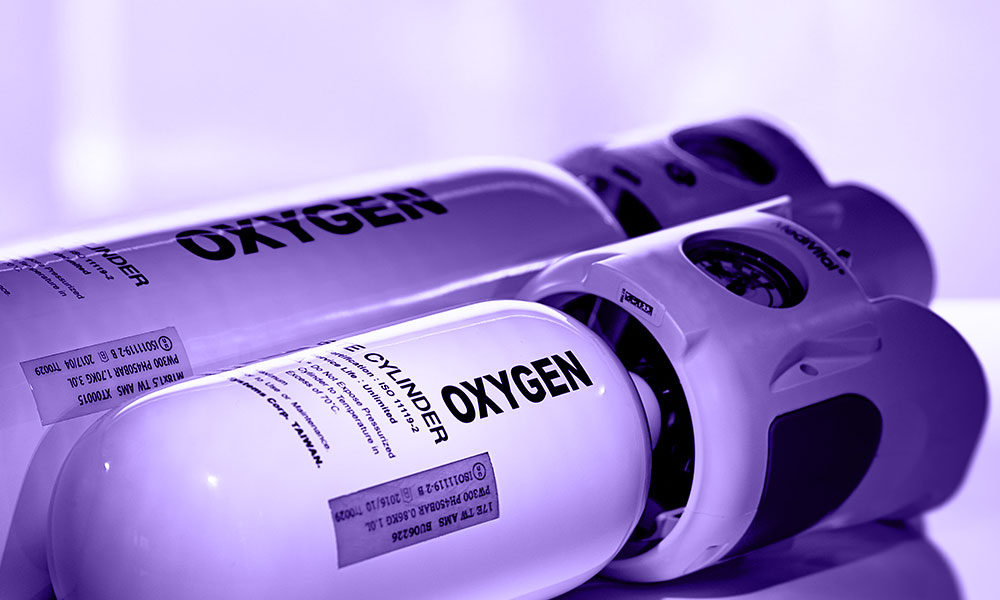
Conclusion
Neonatal respiratory support has evolved from merely life-sustaining interventions toward more refined, individualized care that prioritizes lung protection, neurodevelopmental preservation, and equitable access. Advances in mechanical ventilation, non-invasive strategies, surfactant delivery, and physiologic monitoring have significantly improved survival for preterm and critically ill neonates. Innovations such as Neurally Adjusted Ventilatory Assist (NAVA), electrical impedance tomography (EIT), and volume-targeted ventilation have enhanced the precision and safety of ventilatory care, while emerging tools—including AI-driven decision support and real-time imaging—are poised to further transform neonatal respiratory management.
Despite these technological gains, significant challenges remain. Bronchopulmonary dysplasia (BPD), retinopathy of prematurity (ROP), and long-term neurodevelopmental impairments continue to affect survivors, particularly those requiring prolonged or invasive support. Ethical considerations, especially surrounding care escalation, predictive algorithms, and equitable distribution of technology, must accompany the implementation of future innovations.
Perhaps most critically, global disparities persist. In low-resource settings, where the burden of neonatal mortality is highest, respiratory support is often limited to rudimentary or improvised methods. Expanding access to safe, scalable solutions—such as bubble continuous positive airway pressure (bCPAP), affordable oxygen systems, and telemedicine support—remains a pressing public health priority.
The future of neonatal respiratory support lies at the intersection of engineering, medicine, and ethics. It will require not only scientific advancement but also systems thinking, policy innovation, and global collaboration. By integrating emerging technologies with contextualized care models, the neonatal community can continue advancing toward a world where every infant—regardless of geography or gestational age—has access to safe and effective respiratory care.
References
- Karnati, S., & Sammour, I. (2020). Non-invasive respiratory support of the premature neonate: from physics to bench to practice. Frontiers in Pediatrics, 8, Article 214. https://doi.org/10.3389/fped.2020.00214
- Alqahtani, M. M., Alanazi, A. M. M., & Algarni, S. S. (2024). Unveiling the influence of AI on advancements in respiratory care: A narrative review. Interactive Journal of Medical Research, 13(1), e57271. https://i-jmr.org/2024/1/e57271
- van Pul C. Physics of Diagnosing and Monitoring in Neonatal Intensive Care. Eindhoven University of Technology; 2024. [Accessed July 4, 2025]. Available from: https://research.tue.nl/files/326564167/Lecture_booklet_Van_Pul_7-6-2024.pdf.
- Chioma, R., Sbordone, A., Patti, M. L., Perri, A., & Vento, G. (2023). Applications of artificial intelligence in neonatology. Applied Sciences, 13(5), 3211. https://doi.org/10.3390/app13053211
- Chase, J. G., Zhou, C., & Knopp, J. L. (2023). Digital twins and automation of care in the intensive care unit. In Cyber–Physical Systems in Critical Care (Ch. 17). Wiley. https://orbi.uliege.be/bitstream/2268/308442/1/IEEE%20CPHS%20Digital%20Twins%20Chapter%20-%20REVISED%20-%202.pdf
- Variane, G. F. T., Camargo, J. P. V., & Rodrigues, D. P. (2022). Neuromonitoring with emerging technologies in neonatal care. Frontiers in Pediatrics, 9, Article 755144. https://doi.org/10.3389/fped.2021.755144
- Jobe, A. H., & Bancalari, E. (2001). Bronchopulmonary dysplasia. American Journal of Respiratory and Critical Care Medicine, 163(7), 1723–1729. https://doi.org/10.1164/ajrccm.163.7.2011060
- DeMauro, S. B. (2021). Neurodevelopmental outcomes of infants with bronchopulmonary dysplasia. Pediatric Pulmonology, 56(5), 1127–1135. https://doi.org/10.1002/ppul.25381
- Berkelhamer, S. K., & Tracy, M. K. (2019). Bronchopulmonary dysplasia and pulmonary outcomes of prematurity. Pediatric Annals, 48(6), e206–e211. https://doi.org/10.3928/19382359-20190325-03
- Islam, J. Y., Keller, R. L., Aschner, J. L., & Hartert, T. V. (2015). Understanding respiratory outcomes in prematurity and bronchopulmonary dysplasia. American Journal of Respiratory and Critical Care Medicine, 192(2), 134–141. https://doi.org/10.1164/rccm.201412-2142PP
- Sarafidis, K., Chotas, W., Agakidou, E., & Karagianni, P. (2021). Intertemporal role of respiratory support in improving neonatal outcomes. Children, 8(10), 883. https://doi.org/10.3390/children8100883
- Shetty, S., & Greenough, A. (2014). Neonatal ventilation strategies and long-term respiratory outcomes. Early Human Development, 90(12), 781–785. https://doi.org/10.1016/j.earlhumdev.2014.10.011
- Isayama, T., Iwami, H., McDonald, S., & Beyene, J. (2016). Noninvasive ventilation strategies and outcomes in preterm infants: A meta-analysis. JAMA, 316(6), 611–624. https://doi.org/10.1001/jama.2016.10708
- Askie, L. M., Darlow, B. A., Finer, N., Schmidt, B., Stenson, B., Tarnow-Mordi, W., … & NeOProM Collaborative Group. (2018). Association between oxygen saturation targeting and death or disability in extremely preterm infants. JAMA, 319(21), 2190–2201. https://doi.org/10.1001/jama.2018.5725
- Zhang, H., Jiang, Y., Zhang, X., Su, L., & Yu, Y. (2025). Risk factors for retinopathy of prematurity in BPD infants. Journal of Maternal-Fetal & Neonatal Medicine. https://doi.org/10.1080/14767058.2025.2497058
- Trittmann, J. K., Nelin, L. D., & Klebanoff, M. A. (2013). Bronchopulmonary dysplasia and neurodevelopmental outcome. European Journal of Pediatrics, 172(9), 1173–1180. https://doi.org/10.1007/s00431-013-2016-5
- Yazici, A., Buyuktiryaki, M., Simsek, G. K., & Okur, N. (2022). Factors associated with neurodevelopmental impairment in preterm infants with BPD. European Review for Medical and Pharmacological Sciences, 26(4), 1579–1585. https://www.europeanreview.org/article/27157
- Lodha, A., Sauve, R., Tang, S., & Bhandari, V. (2014). Supplemental oxygen at discharge is not associated with worse neurodevelopmental outcomes. PLoS ONE, 9(3), e90843. https://doi.org/10.1371/journal.pone.0090843
- Chiang, M. C., Lee, E. P., & Chang, H. P. (2024). Neurodevelopmental outcomes of preterm infants with BPD receiving home oxygen therapy. Biomedicines, 12(7), 1564. https://www.mdpi.com/2227-9059/12/7/1564
- Gray, P. H., Burns, Y. R., Mohay, H. A., & O’Callaghan, M. J. (1995). Neurodevelopmental outcome of preterm infants with bronchopulmonary dysplasia. Archives of Disease in Childhood – Fetal and Neonatal Edition, 73(3), F128–F134. https://doi.org/10.1136/fn.73.3.F128
- Sorokina, O. Y., & Bolonska, A. V. (2021). Predictors of bronchopulmonary dysplasia development in premature neonates. Wiadomosci Lekarskie, 74(7), 1252–1257. https://doi.org/10.36740/WLek202107125
- Kinshella, M. W. L., Walker, C. R., Hiwa, T., et al. (2020). Barriers and facilitators to implementing bubble CPAP in sub-Saharan Africa: A systematic review. Public Health Reviews, 41, Article 11. https://doi.org/10.1186/s40985-020-00124-7
- Usman, F., Farouk, Z. L., & Tsiga-Ahmed, F. I. (2023). Improvised bubble CPAP in resource-limited settings: A meta-analysis. Journal of Perinatal Medicine, 51(1), 22–30. https://doi.org/10.1515/jpm-2022-0009
- Ekhaguere, O. A., Okonkwo, I. R., & Batra, M. (2022). Respiratory distress syndrome management in resource-limited settings—Current evidence and opportunities. Frontiers in Pediatrics, 10, 961509. https://doi.org/10.3389/fped.2022.961509
- Wilkes, C., Subhi, R., Graham, H. R., & Duke, T. (2022). Continuous positive airway pressure for pneumonia in LMICs: A contextual review. Journal of Global Health, 12, 10012. https://doi.org/10.7189/jogh.12.10012
- Fundanga, C. M. (2019). Outcomes of neonates treated with CPAP at the University Teaching Hospital NICU, Lusaka, Zambia. UNZA Theses Repository. http://dspace.unza.zm/handle/123456789/8655
- Hedstrom, A. B., Nyonyintono, J., Saxon, E. A., et al. (2023). Feasibility and usability of a very low-cost bubble CPAP device including oxygen blenders in Uganda. PLOS Global Public Health, 3(3), e0001354. https://doi.org/10.1371/journal.pgph.0001354
- Subhi, R., McLeod, L., Ayede, A. I., Dedeke, I. O., et al. (2025). Automated oxygen control for preterm infants receiving CPAP in Nigeria: A randomized crossover trial. The Lancet Global Health, 13(7), e1356–e1367. https://doi.org/10.1016/S2214-109X(24)00458-3
- De Luca, D. (2021). Respiratory distress syndrome in preterm neonates in the era of precision medicine. Pediatrics & Neonatology, 62(5), 475–482. https://doi.org/10.1016/j.pedneo.2021.03.007
- Guo BB, Pang L, Yang B, Zhang C, Chen XY, OuYang JB, et al. Lung Ultrasound for the Diagnosis and Management of Neonatal Respiratory Distress Syndrome: A Minireview. Front Pediatr. 2022;10:864911. https://doi.org/10.3389/fped.2022.864911
- Shah, S. T. H., Shah, S. A. H., & Panagiotopoulos, K. (2025). Artificial intelligence and IoT for neurodevelopmental support in preterm neonates. Journal of Multiscale Healthcare AI, 7(1), 134–143. https://doi.org/10.13140/RG.2.2.14628.30086
- Karthika, M., Sreedharan, J. K., & Shevade, M. (2024). Artificial intelligence in respiratory care. Frontiers in Digital Health, 4, Article 1502434. https://doi.org/10.3389/fdgth.2024.1502434
- McOmber, B. G., Moreira, A. G., Kirkman, K., & Acosta, S. (2024). Predictive analytics in bronchopulmonary dysplasia: Past, present, and future. Frontiers in Pediatrics, 12, Article 1483940. https://doi.org/10.3389/fped.2024.1483940
- Bos, L. D., Onland, W., Miedema, M., & Hutten, J. (2020). Precision medicine in neonates: Future perspectives for the lung. Frontiers in Pediatrics, 8, 586061. https://doi.org/10.3389/fped.2020.586061
- Talebi, H., Dastgheib, S. A., Vafapour, M., & Bahrami, R. (2025). Biomarkers and machine learning for predicting BPD and RDS in preterm infants. Frontiers in Pediatrics, 13, Article 1521668. https://doi.org/10.3389/fped.2025.1521668
- Moreira, A. G., Jha, T., & Northcote, J. (2025). Artificial intelligence in bronchopulmonary dysplasia: A literature review. Information, 16(4), 262. https://doi.org/10.3390/info16040262

